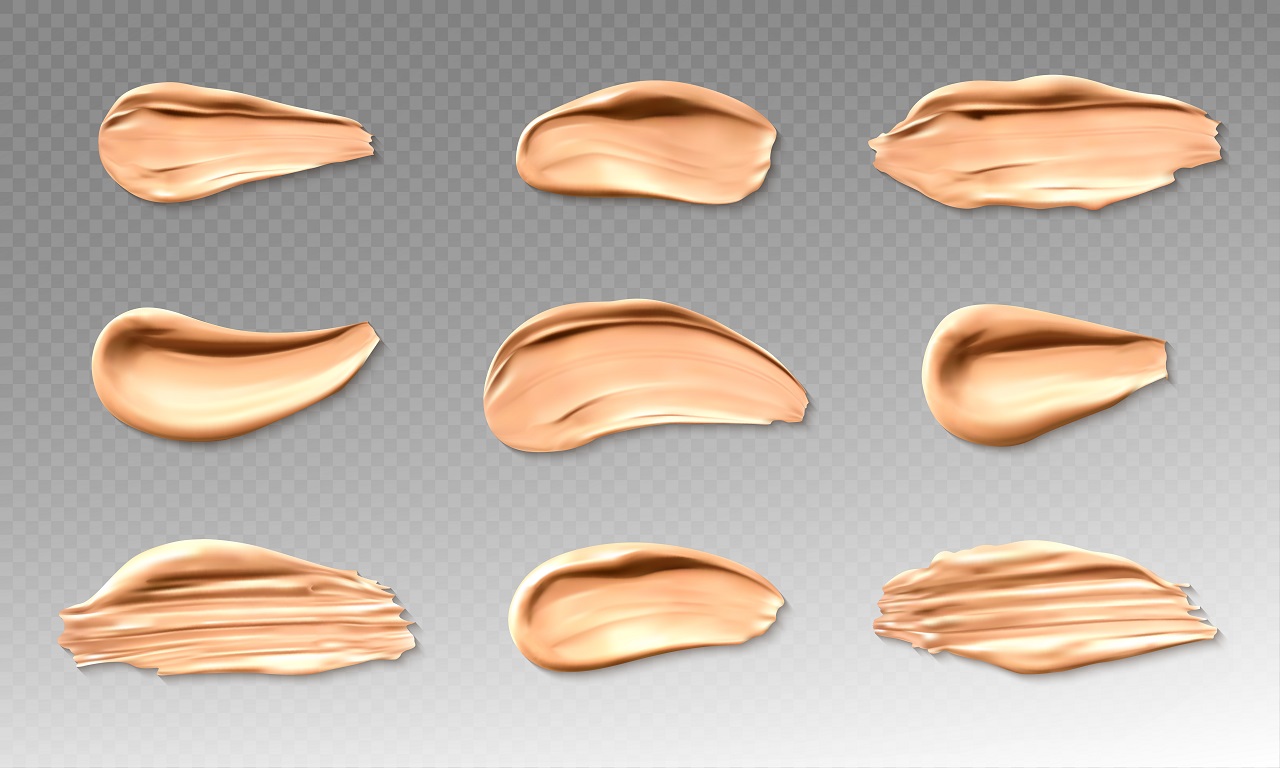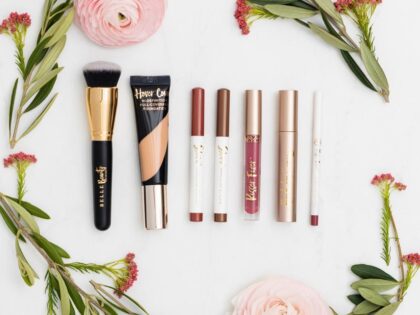How to Choose the Right Foundation for Your Skin Tone: A Beginner’s Guide

Intro:
Finding the perfect foundation can feel like searching for a needle in a makeup store. Too light, and you look washed out. Too dark, and it feels like you’re wearing a mask. The secret? Understanding your skin tone and undertone. At Queen’s Beauty Academy, we teach our students how to match foundations flawlessly — for themselves and their clients. Here’s your step-by-step guide to finding your perfect shade.
1. Know Your Skin Tone
Your skin tone is the overall color of your skin, and it usually falls into three main categories:
-
Fair/Light – Very pale to light beige.
-
Medium – Beige to golden tan.
-
Deep/Dark – Rich brown to ebony.
💡 Tip: Look at your jawline in natural daylight — it’s the most accurate spot to judge your skin tone.
2. Understand Your Undertone
Undertones are the subtle colors beneath your skin’s surface that never change. They can be:
-
Warm – Yellow, golden, or peachy.
-
Cool – Pink, red, or bluish.
-
Neutral – A mix of both warm and cool.
💡 Wrist Test: Look at the veins on your wrist — greenish veins mean warm undertones, bluish/purple veins mean cool undertones, and a mix means neutral.
3. Test Before You Buy
Always test foundation on your jawline, not your hand. The right shade should disappear into your skin without blending. Try samples in natural light before making a purchase.
4. Choose the Right Formula
Your skin type plays a big role in how your foundation looks and lasts.
-
Oily Skin → Oil-free, matte foundations.
-
Dry Skin → Hydrating, dewy formulas.
-
Combination Skin → Lightweight, satin finish.
-
Sensitive Skin → Fragrance-free, gentle formulas.
5. Consider the Season
Your skin tone can change with the seasons — slightly darker in summer, lighter in winter. You might need two shades to mix throughout the year.
6. Don’t Forget the Tools
The way you apply your foundation can make or break your look. Brushes give a polished finish, sponges create a soft natural look, and fingers offer quick blending.
7. Practice Makes Perfect
The more you experiment, the better you’ll get at matching and blending. This is a skill every beauty enthusiast — and beauty professional — should master.
💡 At Queen’s Beauty Academy, we train students in color theory, product knowledge, and professional makeup application so they can confidently work with all skin tones.
Final Thoughts:
Choosing the right foundation isn’t just about looking good — it’s about feeling confident in your own skin. With the right knowledge, tools, and practice, you can achieve that flawless finish every time.
✨ Ready to master foundation matching? Join us at Queen’s Beauty Academy and learn from experts who can turn your passion into a profession.




